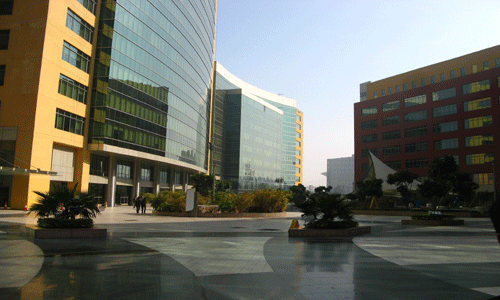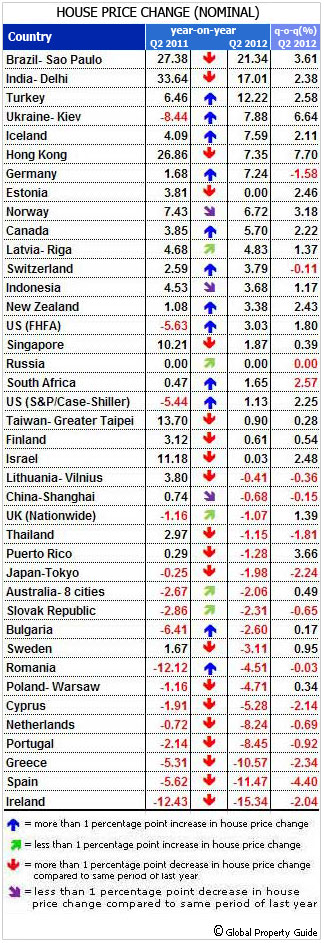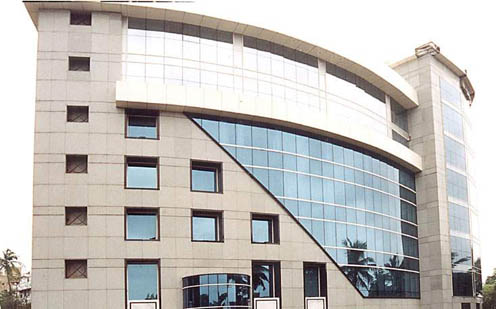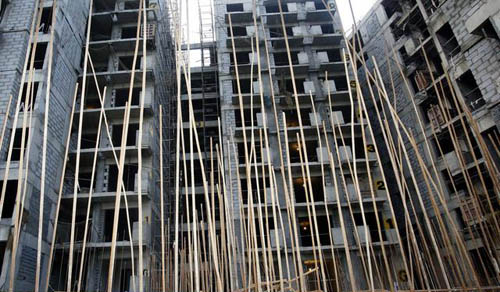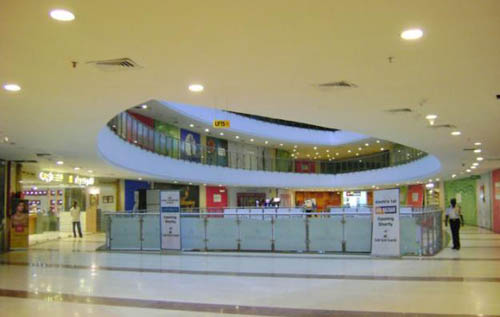
Investment in global retail real estate to hit 180 billion US dollar per annum by 2020: JLL
Jones Lang LaSalle has a new report, Redefining Retail Investment, to coincide with the International Council of Shopping Centers (ICSC) 2012 Retail Real Estate World Summit, taking place in Shanghai this week.



